[10000ダウンロード済み√] buttercups poisonous 326156-Buttercups poisonous to sheep
The toxin in buttercups is poisonous to grazing animals All buttercups contain this toxin however, some have more than others!All plants from the ranunculus family are poisonous, especially buttercups They have acrid taste, so even animals cannot eat them fresh The blistering mouth is a sign of irritation to the flowers Other symptoms include bloody diarrhea, serious blisters on mucous membranes and gastrointestinal tract, and colicToxic Principles Protoanemonin (an irritant) Clinical Signs Vomiting, diarrhea, depression, anorexia, hypersalivation, oral ulcers and wobbly gait If you suspect your pet may have ingested a potentially toxic substance, call the APCC at (8) or contact your local veterinarian as soon as possible
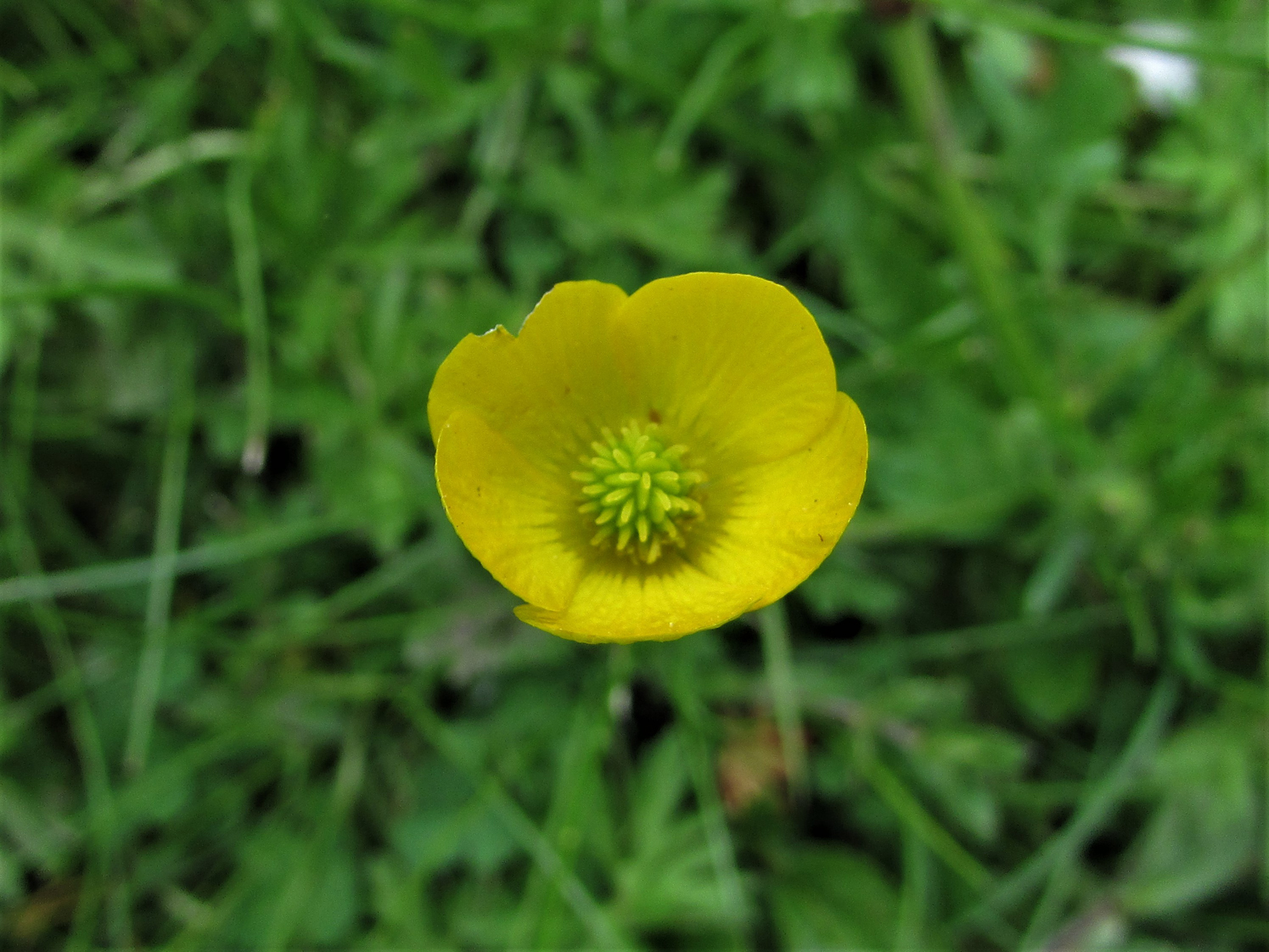
Buttercups Ranunculus
Buttercups poisonous to sheep
Buttercups poisonous to sheep-Buttercups Buttercups are known for their bright yellow blossoms that grow mostly in cool temperate climates in many regions of the world Many people don't realize they're toxic, but all parts of this plant are somewhat poisonous when fresh The strong acrid juice found in this plant is able to blister skinButtercups (Ranunculus) contain juices that can severely irritate or even damage a dog's digestive system Jackinthepulpit can lead to intense burning and irritation of the mouth and tongue Plants Toxic to Dogs with Moderate Effects Numerous types of bulbs can moderately affect dogs



Poisonous Plants Buttercups Awkward Botany
The Average Lifespan of a Buttercup Flower The name "buttercup" may call to mind sunnyyellow field flowers that look like floppy fairy hats Buttercups (Ranunculus spp), however, come in asAll parts of a buttercup are poisonous for cattle and humans Signs of intoxication appear immediately after ingestion of the plant They include bloody diarrhea, excessive salivation, colic and blistering of the intestines This belief is false since cows avoid buttercups due to high toxicity of these plantsThe relatively unknown CeleryLeaved Buttercup is the most poisonous buttercup of the family and contains the highest amount of the substance protoanemonin
Most plants store toxic substances in nontoxic starting materials, which only become toxic when the plant is injured Some of the poisons are toxic to flowers and plants, butAll parts of a buttercup are poisonous for cattle and humans Signs of intoxication appear immediately after ingestion of the plant They include bloody diarrhea, excessive salivation, colic and blistering of the intestines This belief is false since cows avoid buttercups due to high toxicity of these plantsPoisonous Flowers It may look seductive and harmless, but appearances can be deceptive, and have you ever been surprised why a particular flowering plant is toxic?
Buttercup All buttercup species are poisonous to rabbits This includes the flower, leaves, stem, and roots For the most part, buttercup plants are not highly dangerous to rabbits unless consumed in very large quantities They most likely will cause digestive problems or inflammation in a rabbit's mouth Celeryleaved buttercups, howeverCreeping buttercup is a known host for many microorganisms, viruses, insects, and nematodes " So, it is the sap that is toxic, and, since the bees consume only nectar and pollen, they are not negatively impacted by the plants' toxic chemical There are not a lot of control mechanisms available for creeping buttercup, as indicated hereButtercup, of the Ranunculus family, is commonly called Butter cress and Figwort These plants are found throughout the United States Protoanemonin is a bittertasting oil that irritates the mucous membranes of the gastrointestinal tract, and is poisonous to horses, cats, and dogs The flower part contains the highest amount of toxin


Q Tbn And9gct2kbb8laoxyaruirtunevw0ajhvytblzlhcuflz8a Usqp Cau


Buttercups Eat The Weeds And Other Things Too
All plants from the ranunculus family are poisonous, especially buttercups They have acrid taste, so even animals cannot eat them fresh The blistering mouth is a sign of irritation to the flowers Other symptoms include bloody diarrhea, serious blisters on mucous membranes and gastrointestinal tract, and colicThe grass around them will be well grazed Horses will avoid eating buttercups because of their acrid taste and direct blistering of the mouth if there is more desirable feed available After a hard frost or dried in hay, buttercups are no longer toxic Buttercups may cause irritation of the mouth area, such as blisters, droolingButtercup (Ranunculus spp), a bright yellow annual, biennial, or perennial flower found in pastures, can cause serious problems in horses that eat it as they grazeThe leaves and stems of many species of buttercup contain ranunculin, a glycoside that forms the toxic blistering agent protoanemonin when the plant is chewed or crushed


Buttercup Poisoning In Horses



Buttercups Pretty But Potentially Poisonous Horse Racing News Paulick Report
Poison sumac is irritating to the skin,not sure of injestion It grows with regular sumac, which has a beautiful red flower Poison sumac has a smaller less obvious white flower, if blooming In many areas, sumac has been removed because of poison sumac and replaced with honey suckle, which is an invasive bushButtercup poisonous is used as a disinfectant for skin diseases Divorced juice of a fresh plant is able to get rid of scabies, fungal and furunculosis lesions When drying, poisonous protoanemonin is destroyed and other chemical compounds contained in the grass of buttercup are prominently in the foreground cardiac glycosides, tanninsButtercup All buttercup species are poisonous to rabbits This includes the flower, leaves, stem, and roots For the most part, buttercup plants are not highly dangerous to rabbits unless consumed in very large quantities They most likely will cause digestive problems or inflammation in a rabbit's mouth Celeryleaved buttercups, however



Pro Equine Grooms Don T Let Adorable Little Buttercups Harm Your Horse



Buttercups Probably Celery Leaved Crowfoot Ranunculus Sceleratus Stock Photo Picture And Royalty Free Image Image
Research of Ranunculus Species Poisoning has been linked to Weakness, Sheep Diseases, Labored Breathing, Plant Poisoning, Edema novusbiocom Toxin Digitoxin & other glycosides Symptoms Contracted pupils, labored breathing, convulsions, death Comments Rarely eaten fresh, dangerous in hay Hemlock, poison (Conium maculatum) Location or Season Ditches, moist disturbed areas Probable ToxicThe relatively unknown CeleryLeaved Buttercup is the most poisonous buttercup of the family and contains the highest amount of the substance protoanemoninToxic Plants for Goats Knowing toxic plants for goats is a helpful skill This article references the Goat Digestive System Article If you haven't already, take a second to check it out to better understand how certain toxins affect goat health



26 Poisonous Plants Ideas Poisonous Plants Plants Horse Care



Buttercups Are Poisonous Campcamp
There are a variety of buttercups including Meadow, Creeping and Bulbous, which thrive on poor quality land, old meadows and grassland Each variety is poisonous to varying degrees in its fresh stateSago palms (Cycads, Macrozamia and Zamia spp) are often outdoor ornamental plants in warm climates or houseplants in cooler climes Ingestion of this highly toxic plant can cause liver failure and death in dogs and cats All parts of the plant are toxic, with the seeds having the highest concentration of toxinPoisonous buttercup contains a chemical that is extremely irritating to skin and mucous membranes It causes pain and burning sensations, tongue swelling ( inflammation ), and an increase in saliva


Buttercups Equine Freelance


Buttercups Eat The Weeds And Other Things Too
The buttercup is a name for the large (400 varieties) group of flowers called ranunculus, which are almost always adorned with yellow or white and yellow flowers When chewed or crushed, the chemical ranunculin turns into protoanemonin, which is poisonous to dogs when eaten and can also cause skin irritation with contactDried Ranunculus plants, therefore, are expected to lose toxic potential fairly rapidly, although scientists haven't studied and published research to specifically confirm thisAmong the buttercups considered more toxic to animals than others are R scleratus, R flammula, R parviflora, R acris, R abortivus, R repens, R cymbalaria, and R testiculatus Plant Family Ranunculaceae Habitat Borders of lakes, ponds and streams, generally in wet areas, early spring bloomer
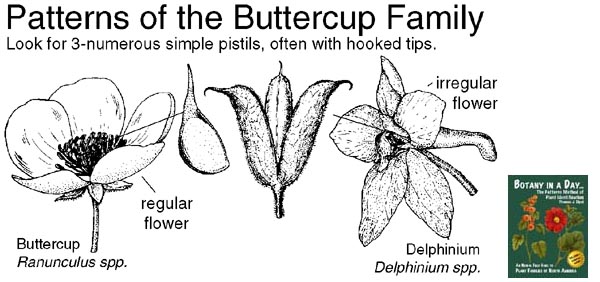


Ranunculaceae Buttercup Family Identify Plants And Flowers



Buttercups Ranunculus
All buttercups contain a compound called ranunculin When the leaves are crushed or bruised, ranunculin breaks down to form an acrid, toxic oil called protoanemonin Contact with this oil causes dermatitis Symptoms occur within an hour of contact and include burning and itching along with rashes and blistersAll parts of a buttercup are poisonous for cattle and humans Signs of intoxication appear immediately after ingestion of the plant They include bloody diarrhea, excessive salivation, colic and blistering of the intestines This belief is false since cows avoid buttercups due to high toxicity of these plantsButtercups can also be dug out of the ground, but this tends to be most effective on small patches an on creeping buttercups Herbicide can be applied as soon as plant growth comes on in the



Tall Buttercup Ranunculus Acris L



Which Plants Are Toxic To Dogs Cats 6 Poisonous Plants To Avoid My Family Vets
All Ranunculus (buttercup) species are poisonous when eaten fresh, but their acrid taste and the blistering of the mouth caused by their poison means they are usually left uneaten Poisoning in livestock can occur where buttercups are abundant in overgrazed fields where little other edible plant growth is left, and the animals eat them out of desperationThe Average Lifespan of a Buttercup Flower The name "buttercup" may call to mind sunnyyellow field flowers that look like floppy fairy hats Buttercups (Ranunculus spp), however, come in asButtercups can also be dug out of the ground, but this tends to be most effective on small patches an on creeping buttercups Herbicide can be applied as soon as plant growth comes on in the
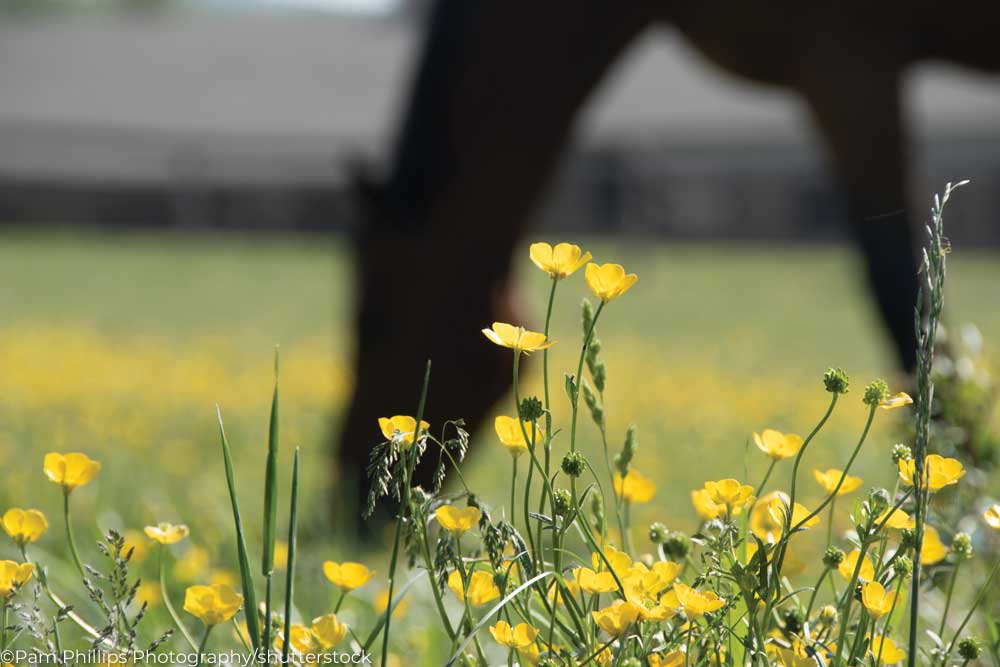


Eight Plants That Are Toxic To Horses Horse Illustrated



Golden Flowers Vs Buttercups And Others Facts Part 10 Undertale Amino
Buttercups are found growing throughout the state in pastures, fields, lawns and along roadsides Many do not realize the pretty weed can be toxic to livestockThere are roughly a dozen species of buttercup across the Southeast Most of these species are either biennial or perennial, meaning they will return the following year from both seed and tuberous roots The most common species found in Alabama are hairy buttercup, bristly buttercup, and littleleafLatin rānunculus "little frog", from rāna "frog") is a family of over 2,000 known species of flowering plants in 43 genera, distributed worldwide The largest genera are Ranunculus (600 species), Delphinium (365), Thalictrum (330), Clematis (325), and Aconitum (300)



Is Buttercup Poisonous To Cats And Dogs
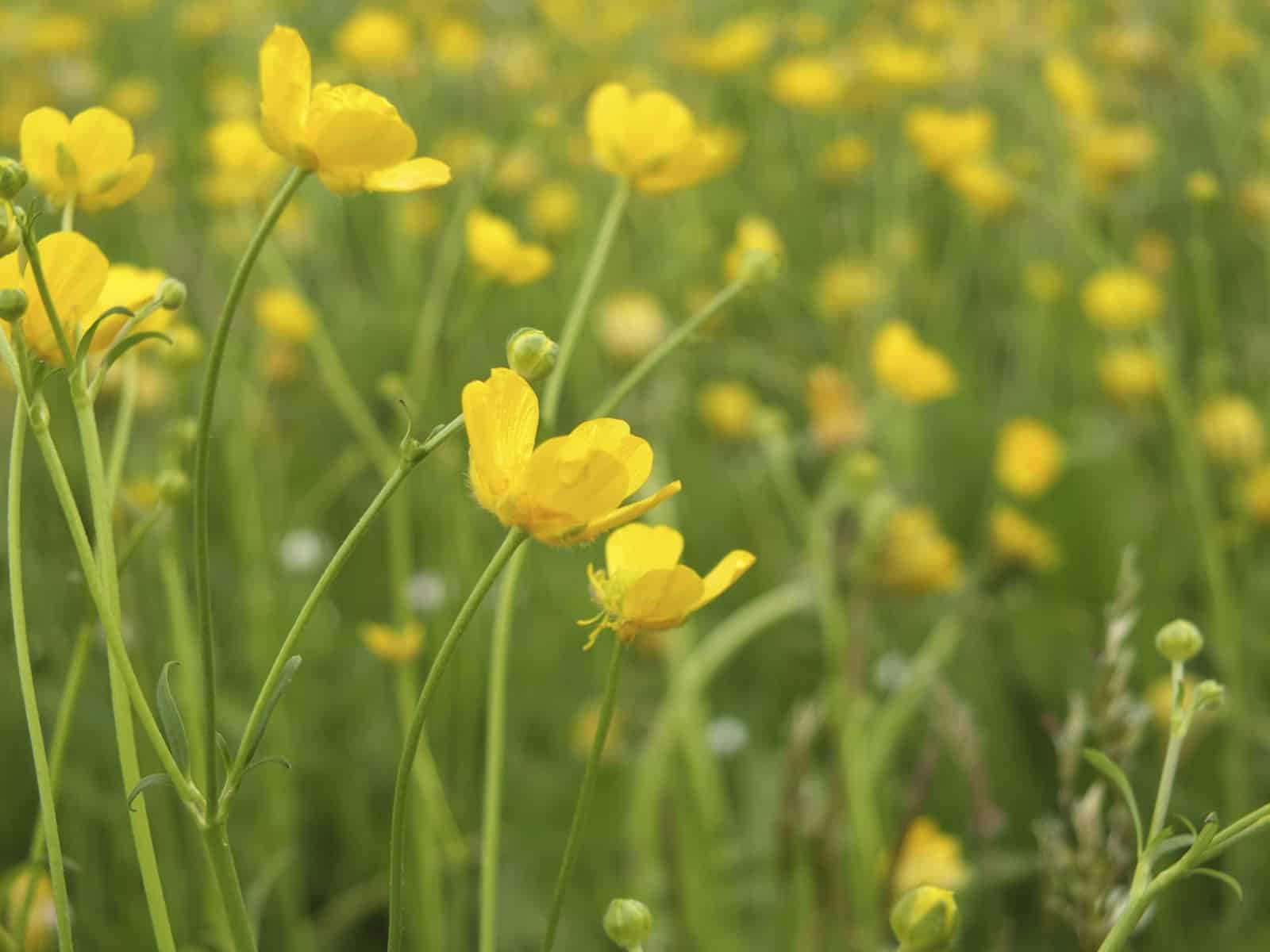


Weed Of The Month Buttercups The Horse
Buttercup, of the Ranunculus family, is commonly called Butter cress and Figwort These plants are found throughout the United States Protoanemonin is a bittertasting oil that irritates the mucous membranes of the gastrointestinal tract, and is poisonous to horses, cats, and dogs The flower part contains the highest amount of toxinResearch of Ranunculus Species Poisoning has been linked to Weakness, Sheep Diseases, Labored Breathing, Plant Poisoning, Edema novusbiocom Toxin Digitoxin & other glycosides Symptoms Contracted pupils, labored breathing, convulsions, death Comments Rarely eaten fresh, dangerous in hay Hemlock, poison (Conium maculatum) Location or Season Ditches, moist disturbed areas Probable ToxicControlling buttercup weeds is important in livestock areas, where the plant is toxic, but also in the home garden unless you like a tumble of interlocked foliage covering up your chosen specimens Buttercup Weed Information Creeping buttercup is in the Ranunculus family and known for its lovely flowers
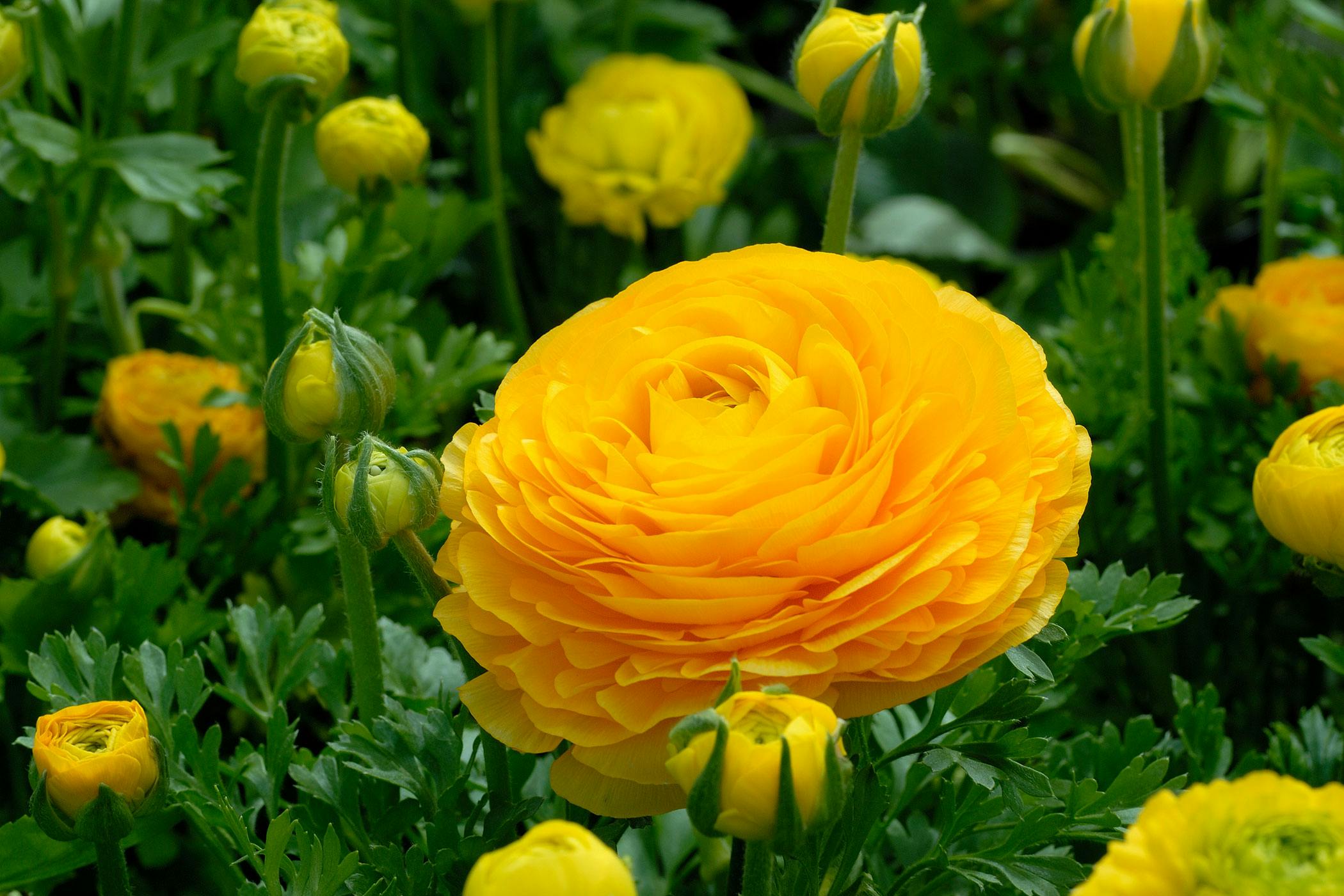


Buttercup Poisoning In Dogs Symptoms Causes Diagnosis Treatment Recovery Management Cost



The Poison Diaries Buttercups
Buttercups thriving in wet weather are toxic to livestock, Department of Agriculture warns Andrew Sharp The News Journal The bright yellow buttercup a beautiful sign of spring can also beButtercups are a large genus of flowering plants called RanunculusIt has yellow, shiny petals, and grows wild in many placesIt is poisonous to eat for humans and cattle, but when dry the poison is not active Types of buttercup There are about 0 to 600 species in this one genus They mostly have yellow or sometimes white flowersConsult your local agricultural expert for advice on hardy, safe grasses that can be planted in your paddocks and pasture



Many Plants Poisonous To Pets Livestock Morning Ag Clips


Q Tbn And9gcqonhb5stcxkkucdq 8d9mor Zxiytm40ywq 4e8urqhv9mavxb Usqp Cau
Ranunculus is a genus of perennial or annual herbs in the Ranunculaceae family The leaves are usually alternate and palmately lobed or divided While the thimblelike, Aprilblooming, often shiny flowers are most commonly yellow, cultivars have been bred bearing many other colors such as orange, pink, red, and whiteThe buttercup plant is not only toxic to animals, it also depletes potassium from the soil Tilling the soil and spraying any regrowth is the usual method for removing buttercup This plant can easily take over a field in times of dry weather;The toxic material volatilizes and is lost when buttercups are dried as in hay A heavy growth of buttercup is an indication of low soil fertility Have the soil analyzed and apply ground lime and fertilizers as their need is shown The increased grass growth soon crowds out buttercups Poison ivy is widespread over most of the United States



Buttercup Poisoning In Horses Symptoms Causes Diagnosis Treatment Recovery Management Cost



Door To Nature Flowers Of The Buttercup Family Door County Pulse
Yes, Buttercups are toxic to dogs and can cause vomiting, diarrhea , depression and excessive salivation The best thing that you can do for your guy is to wash out his mouth with clean water 34 times This will be enough to remove the toxic component out of his mouth Watch him closely and if you see any of these signs, then take him to theThe toxin in buttercups is poisonous to grazing animals All buttercups contain this toxin however, some have more than others!Buttercup is a type of herbaceous plant that belongs to the Ranunculaceae family There are nearly 00 species of buttercups that mostly inhabit northern hemisphere Buttercups are usually found in cold and temperate regions They prefer moist habitats and live in the fields, meadows, near the roads, in the woodlands, swamps and bogs
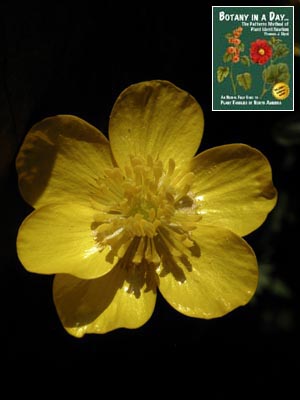


Ranunculaceae Buttercup Family Identify Plants And Flowers
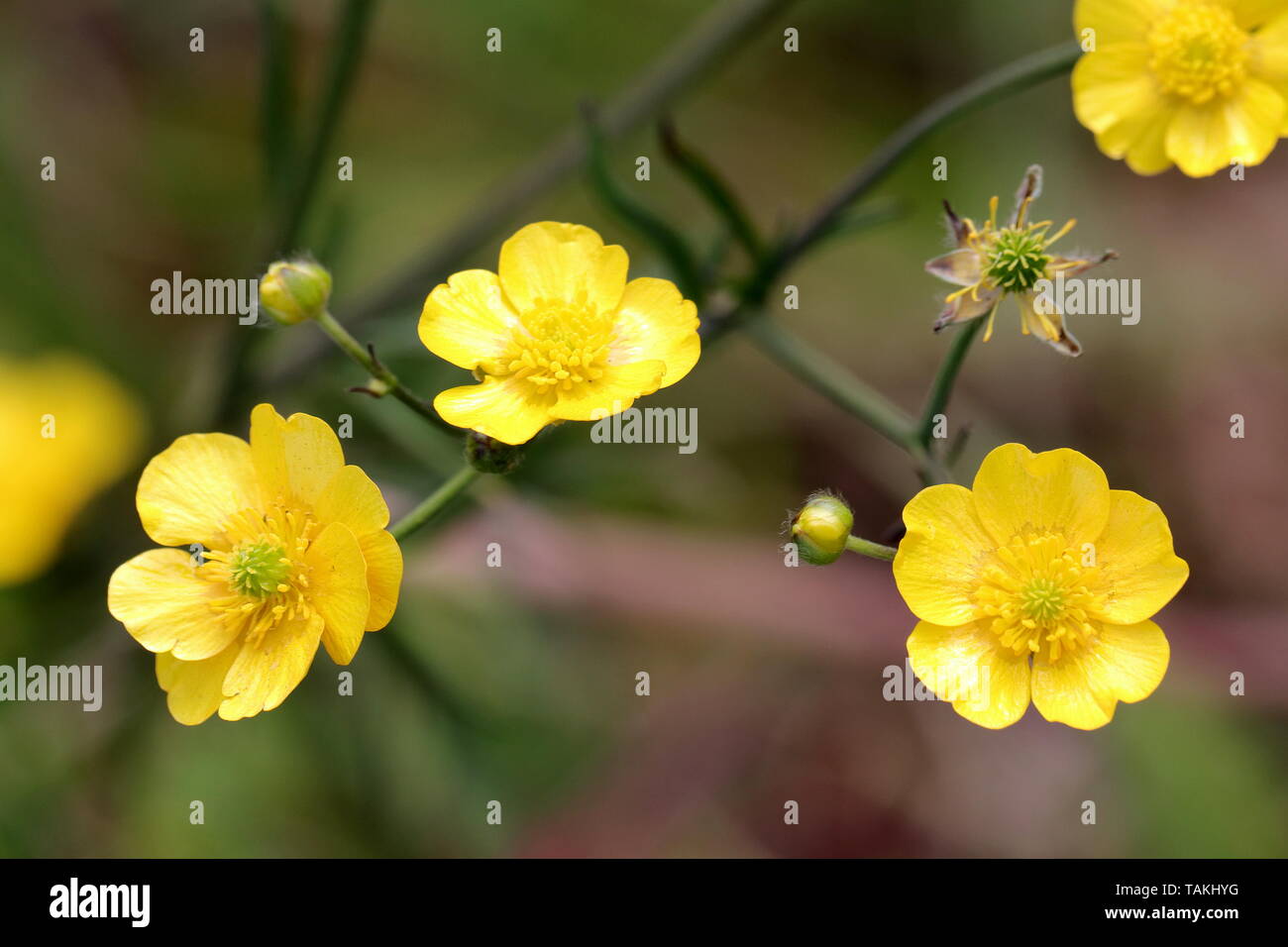


Buttercups Are A Large Genus Of Flowering Plants Called Ranunculus They Have Yellow Shiny Petals And Are Poisonous To Eat For Humans And Cattle Stock Photo Alamy
Ranunculaceae (buttercup or crowfoot family;The toxic material volatilizes and is lost when buttercups are dried as in hay A heavy growth of buttercup is an indication of low soil fertility Have the soil analyzed and apply ground lime and fertilizers as their need is shown The increased grass growth soon crowds out buttercups Poison ivy is widespread over most of the United StatesToxic Plants for Goats Knowing toxic plants for goats is a helpful skill This article references the Goat Digestive System Article If you haven't already, take a second to check it out to better understand how certain toxins affect goat health


Weed 4 Answer For Buttercups
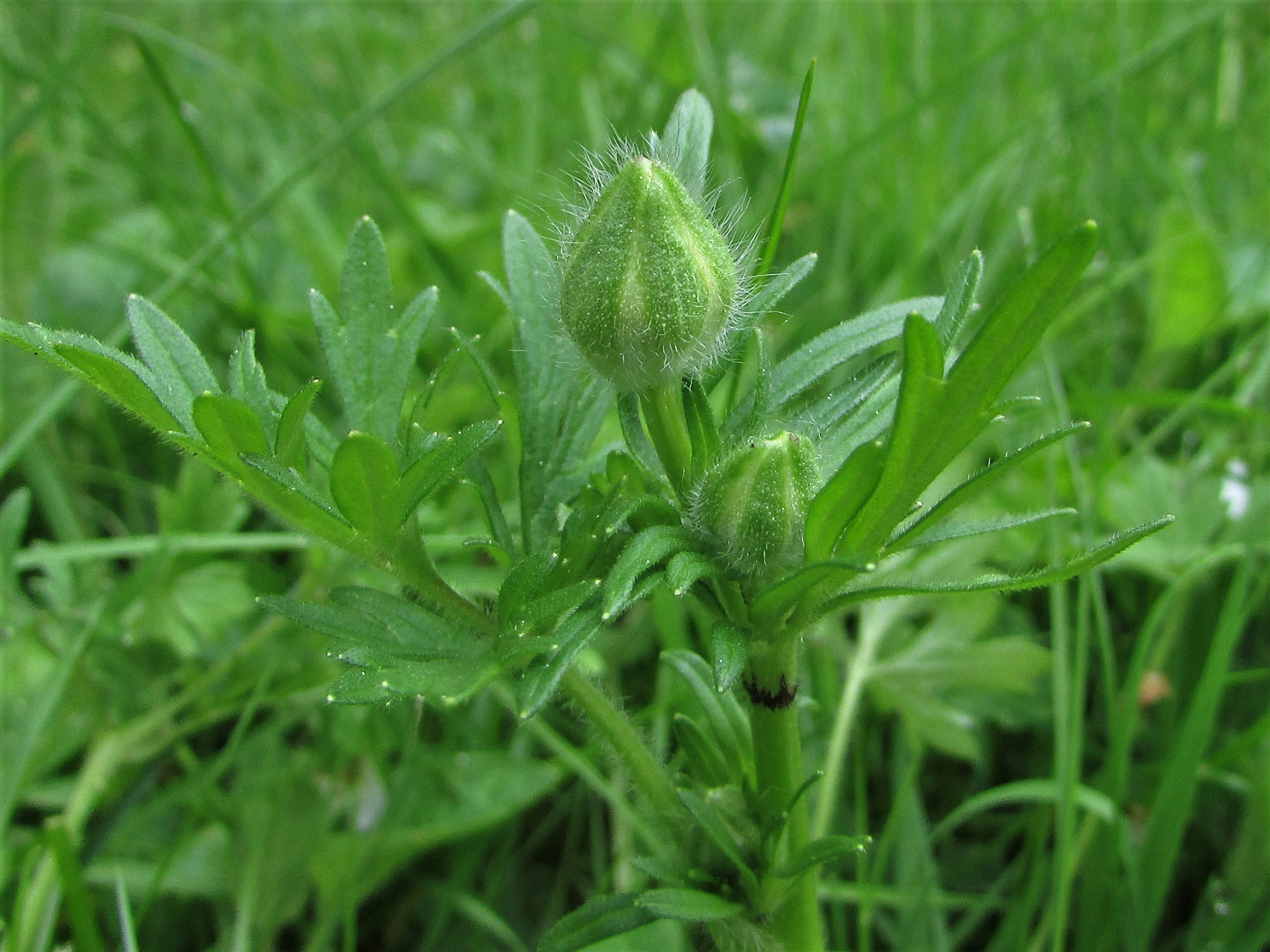


Buttercups Ranunculus
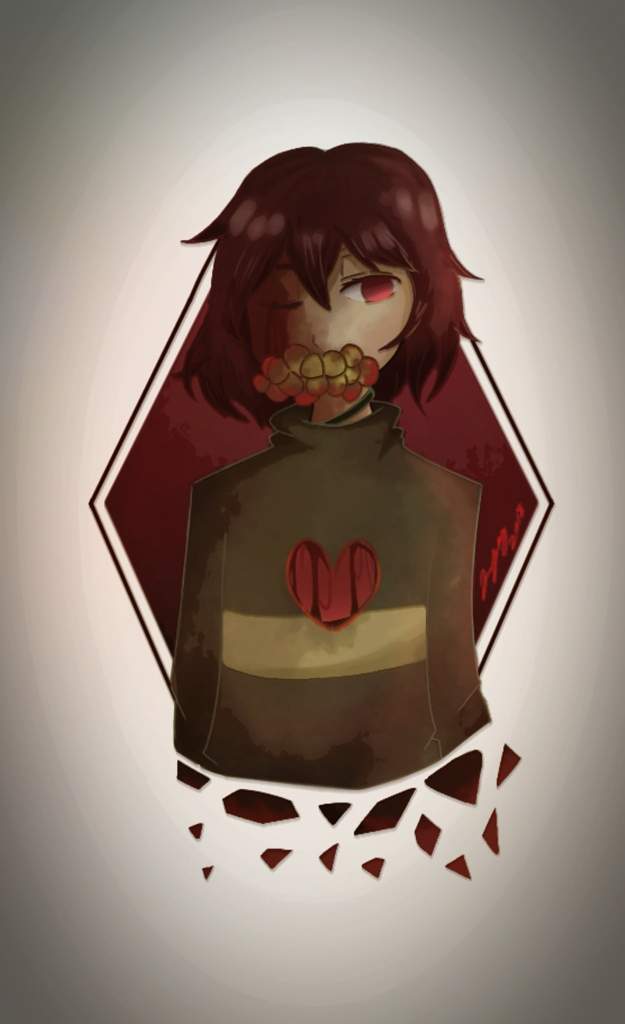


Poisonous Buttercups Redraw Undertale Amino



Buttercup Bees They Are What They Eat Honey Bee Suite



Guinea Lynx Poisonous Plants



Buttercups Are Poisonous By Sinner Minner On Deviantart
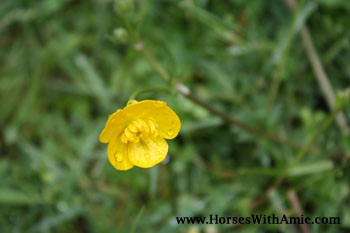


Horse Health Poisonous Plants Buttercups


Mic Uk A Close Up View Of Three Buttercups
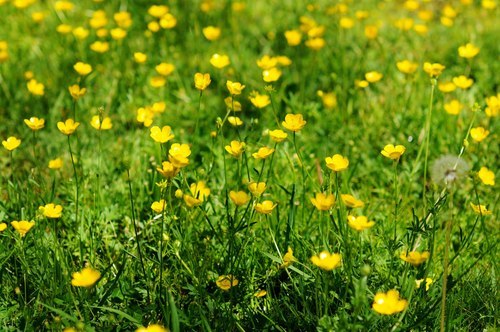


The Poison Diaries Buttercups



Poisonous Plants Buttercups Awkward Botany



Ranunculus Wikipedia
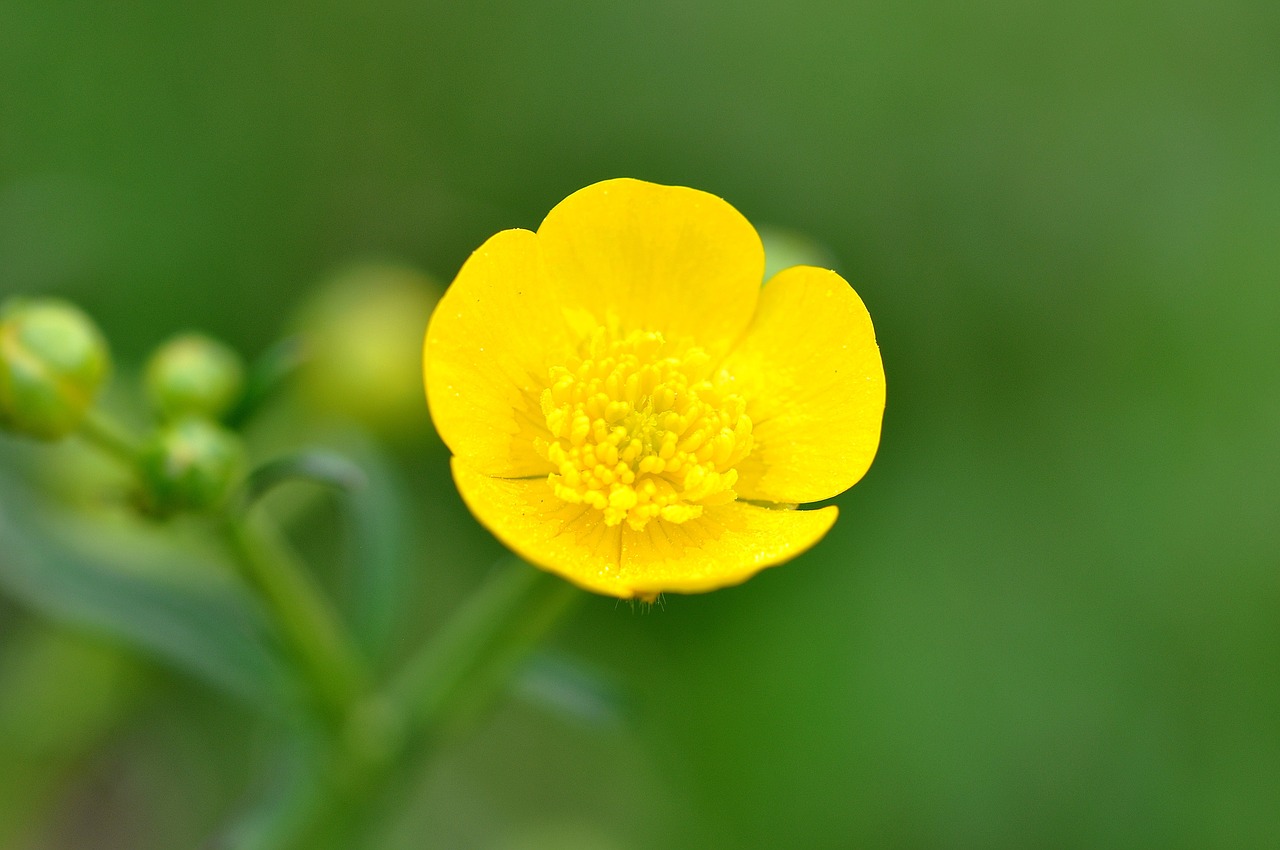


Download Free Photo Of Buttercup Plant Weed Poisonous Plant Blossom From Needpix Com



The Modern Equine Vet April 17 By The Modern Equine Vet Issuu
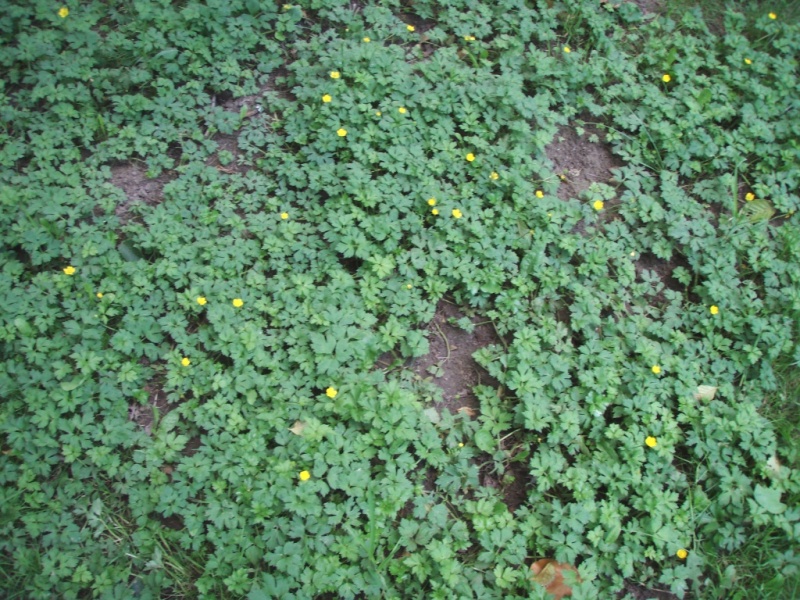


Buttercups In Pastures And Hayfields Skagit Farmers Supply



Ficaria Verna Fig Image Photo Free Trial Bigstock
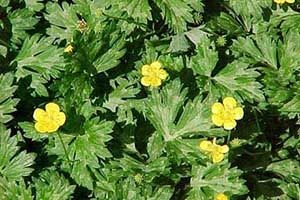


Buttercup Aspca



Poisonous Plants Buttercups Awkward Botany



Poisonous Plants Buttercups Awkward Botany
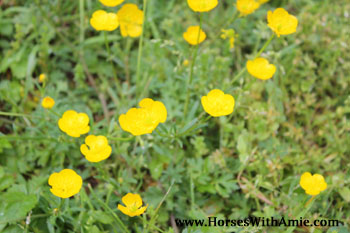


Horse Health Poisonous Plants Buttercups



Buttercup Weed Information Tips For Controlling Buttercup Weeds



Ranunculus Wikipedia



Are Buttercups Poisonous To Horses Horse Hound
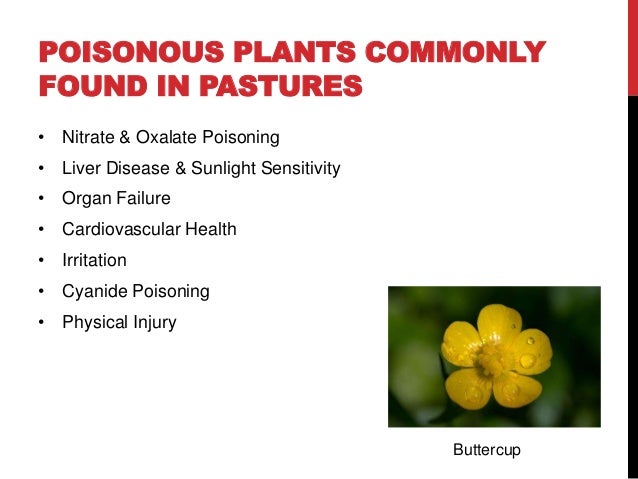


Toxic Palnts



Historic Illustration Meadow Buttercup Ranunculus Acris Poisonous Plant Medicinal Plant Stock Photo Picture And Rights Managed Image Pic Ibr Agefotostock



Protect Your Horse From Toxic Buttercups The Horse Owner S Resource



Catherine S World Of Horses Poisonous Buttercups Keep You Horse Away From Them



Creeping Buttercup Symbiosis Agriculture


Buttercup Ranunculus Acris
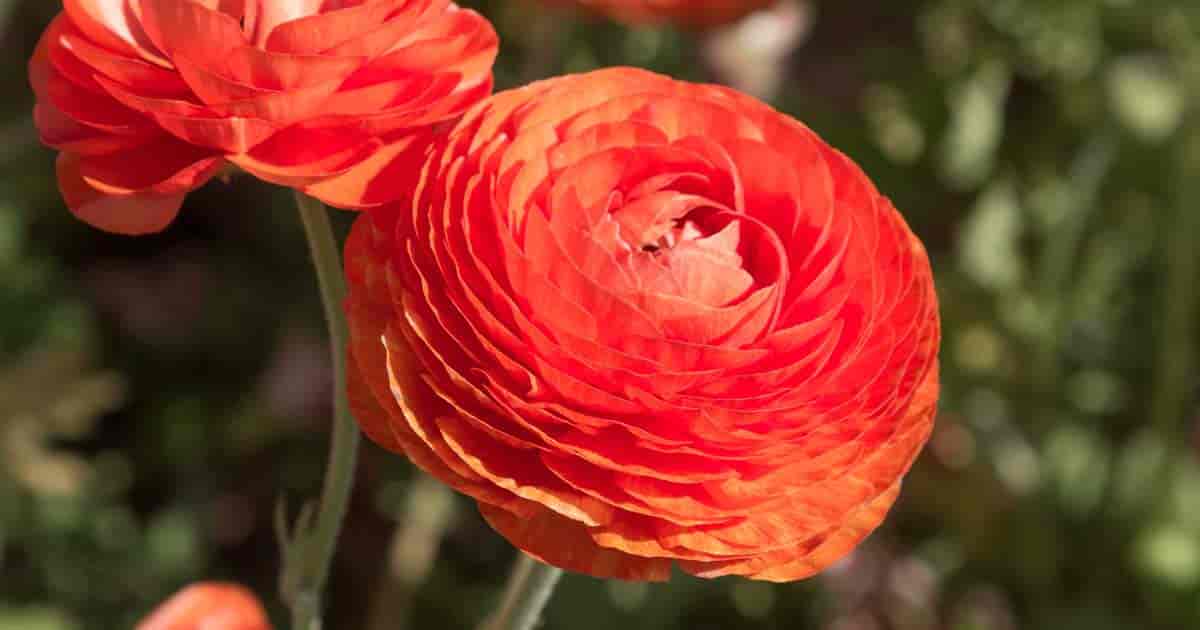


Growing Ranunculus Growing And Care For Persian Buttercup Flowers



Plantlife Buttercup



Kentucky Equine Research Buttercup Toxicity In Horses Horse Nation



Buttercup Flower The Bright And Beautiful Truth About It Morflora
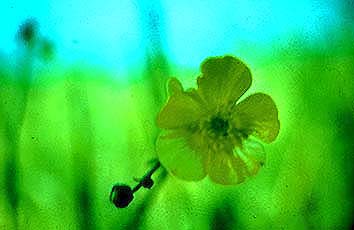


Plants Poisonous To Livestock Animal Science Cornell University



Buttercup Is Toxic To Dogs Pet Poison Helpline


Buttercups Eat The Weeds And Other Things Too
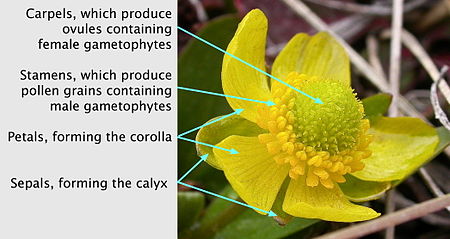


Ranunculus Wikipedia
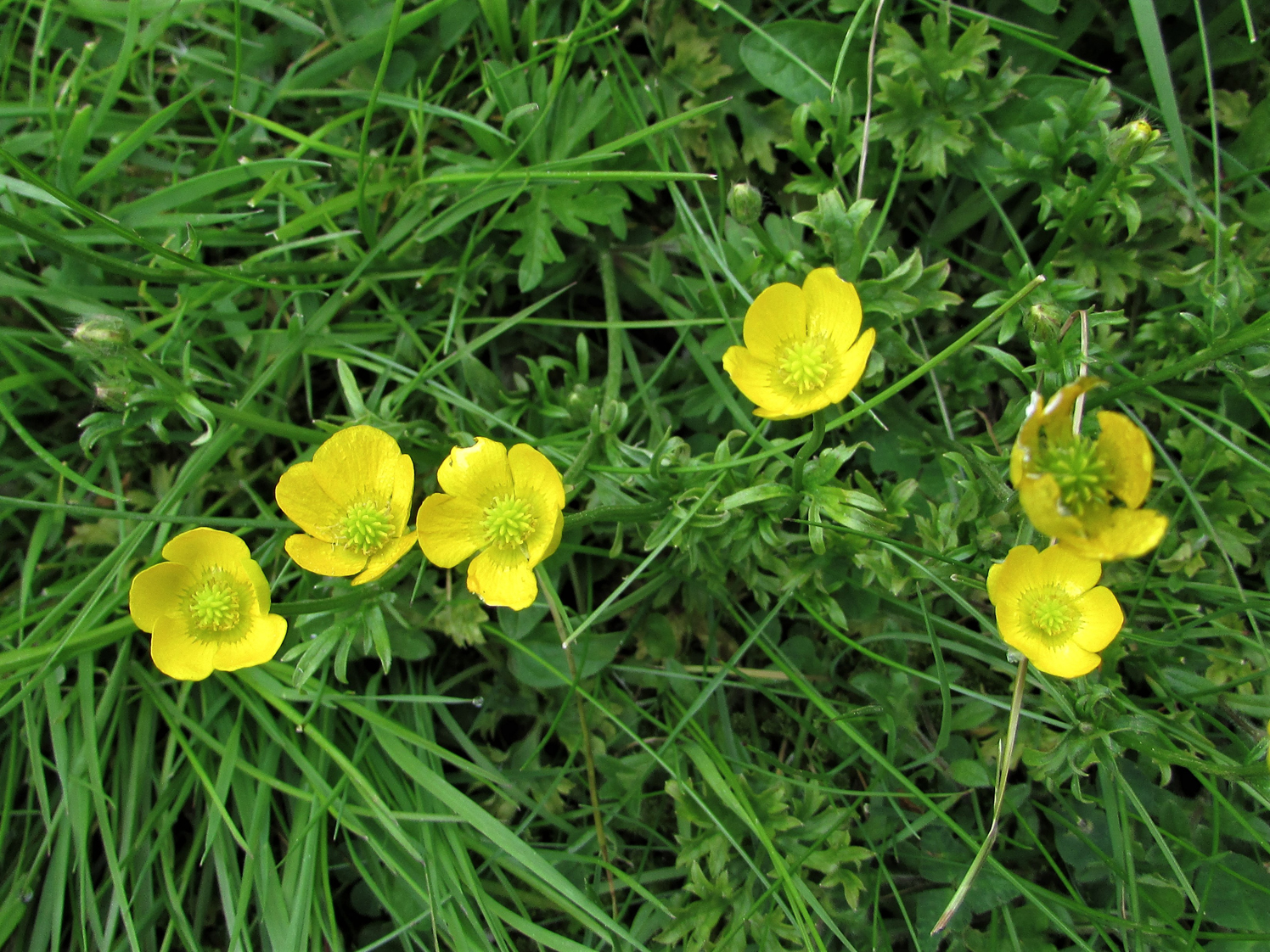


Buttercups Ranunculus
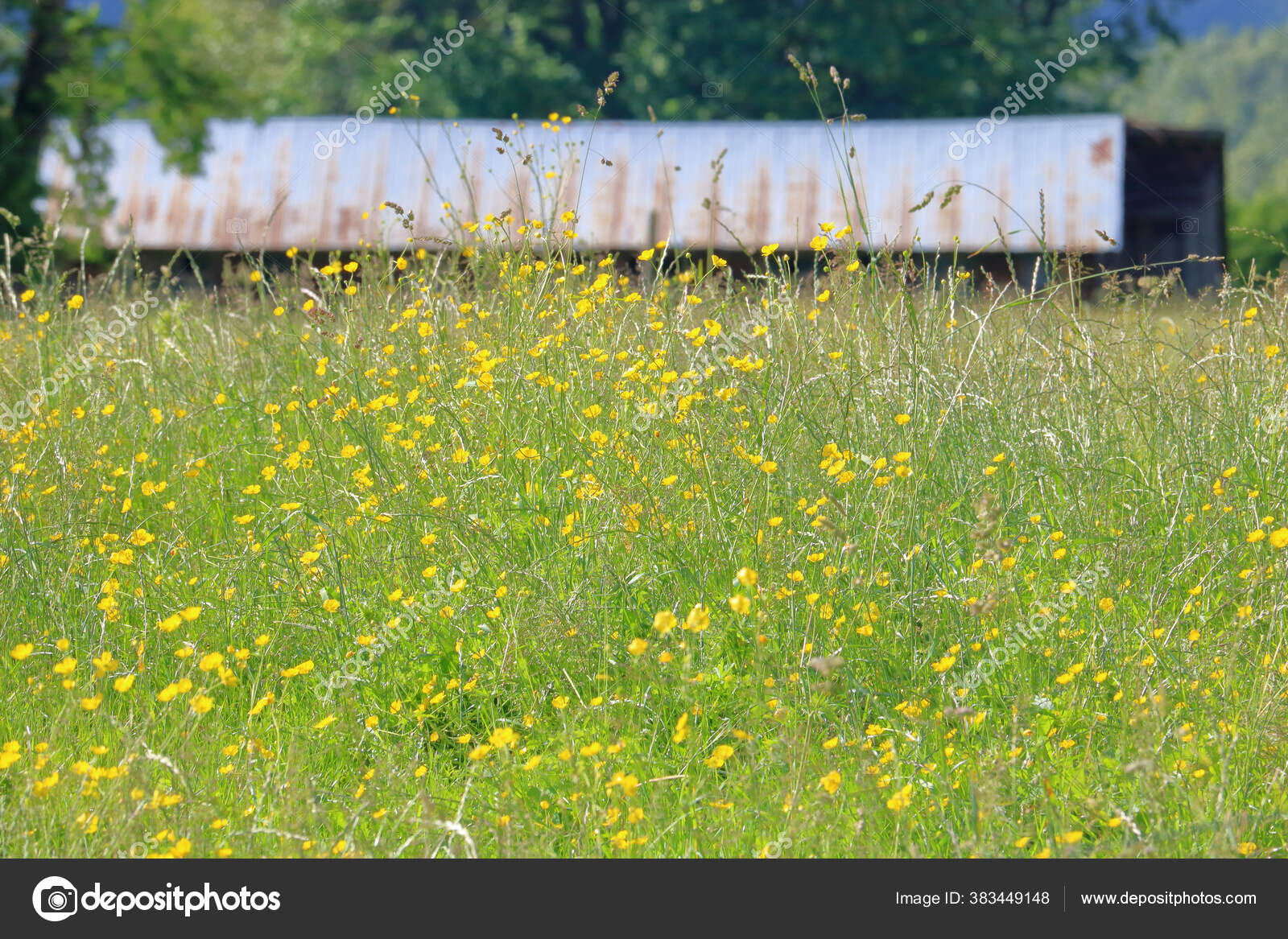


Wide View Rural Country Grassland Covered Buttercups Which Poisonous Eat Stock Photo C Modfos
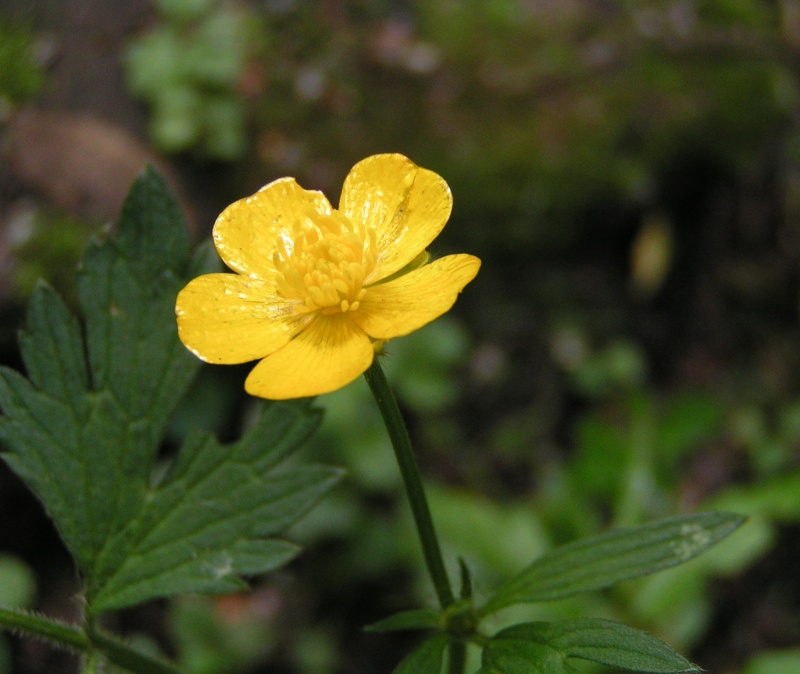


Buttercup Simple English Wikipedia The Free Encyclopedia



Buttercup Poisoning By Wolfnya On Deviantart



Secrets Of The Shiny Yellow Buttercup Plants The Guardian



Weeds And Trees That Are Toxic To Horses The 1 Resource For Horse Farms Stables And Riding Instructors Stable Management



Creeping Buttercups Ranunculus Repens In Grassy Field Stock Photo Plants For Chickens Ranunculus Poisonous Plants



Delaware Ag Issues Warning About Uptick Of Buttercups Agdaily


Bulbous Buttercup The Washington Post



Beware Buttercups
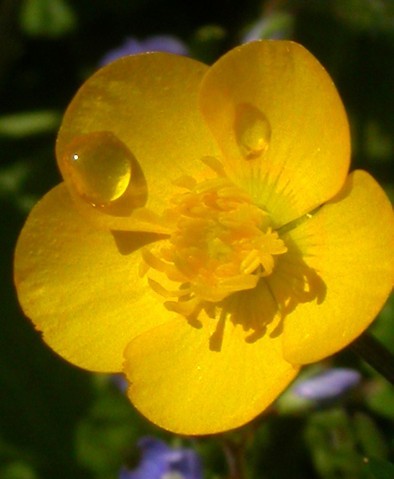


The Poison Diaries Buttercups



Guide To Poisonous Plants College Of Veterinary Medicine And Biomedical Sciences Colorado State University
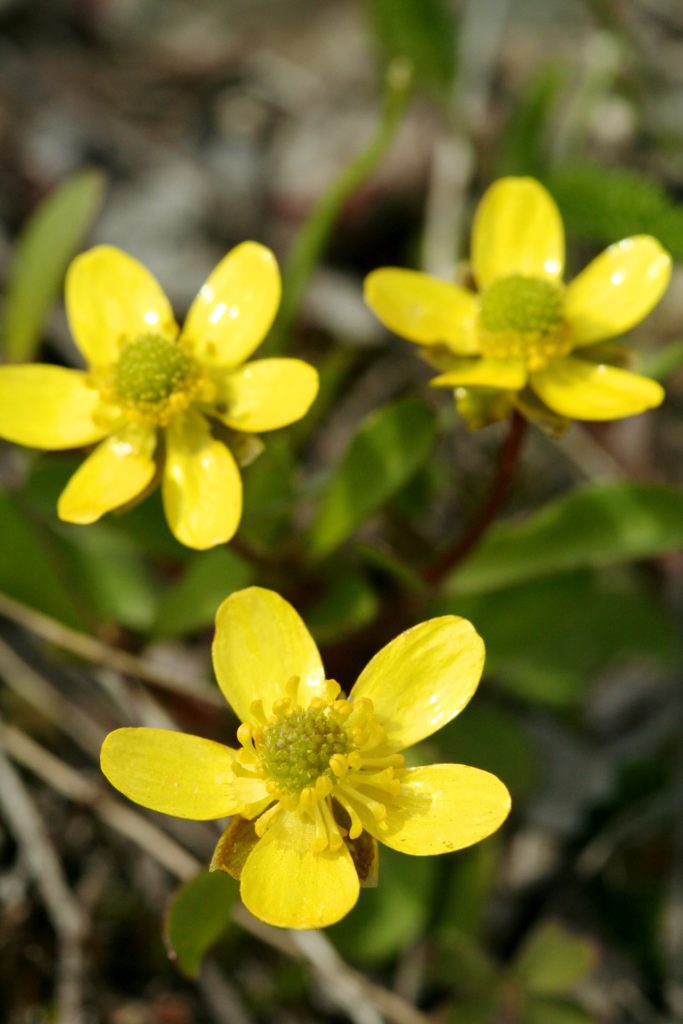


Yikes Don T Pick That Flower Naturally North Idaho
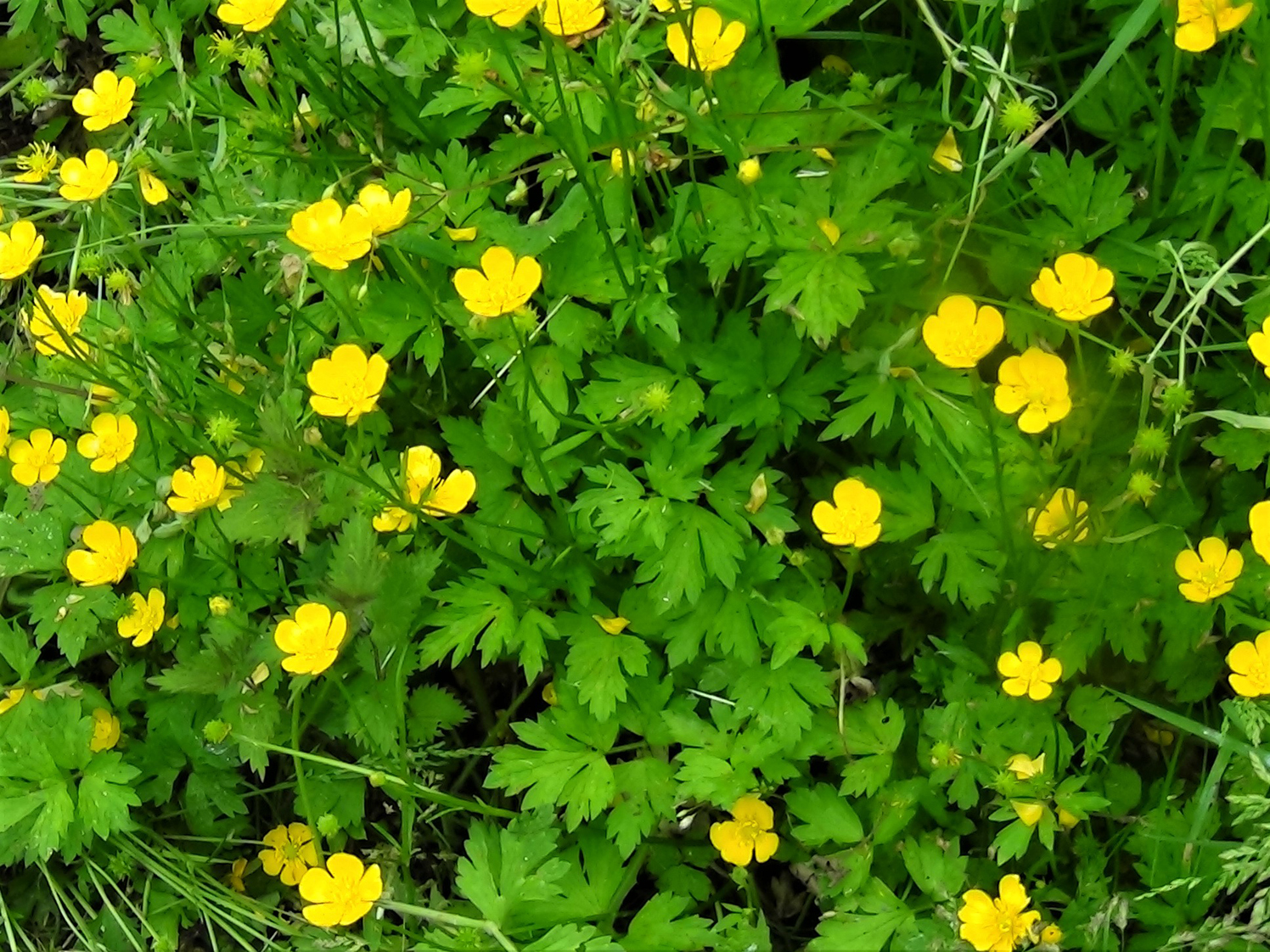


Buttercups Ranunculus



Buttercups Are Toxic To Livestock And They Re Thriving State Warns



Buttercups In Horse Pastures Are They Dangerous The Horse



Plants Flowers That Are Poisonous To Dogs Ehow Buttercup Flower Ranunculus Flowers Yellow Plants



Guide To Poisonous Plants College Of Veterinary Medicine And Biomedical Sciences Colorado State University


Agpest Creeping Buttercup



Pretty Buttercups Can Hurt Livestock
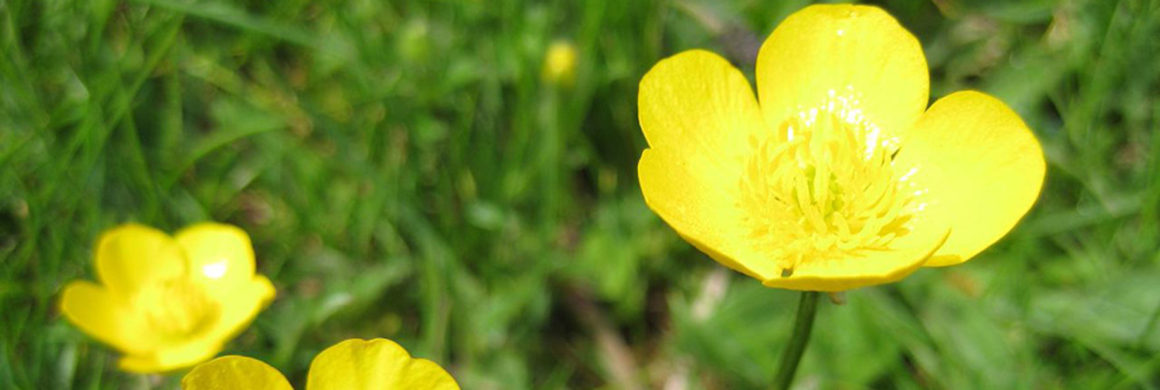


Buttercups And Horses Pretty Picture Poisonous Flower Equestrian Barns Architecture Start Living The Dream Equine Facility Design



Buttercups Are A Large Genus Of Flowering Plants Called Ranunculus Stock Photo Alamy



Are Buttercups Poisonous To Horses Horse Hound


High Prevalence Of Bur Buttercup Uc Weed Science Anr Blogs


Buttercups Eat The Weeds And Other Things Too



Swamp Buttercup Poison Medicinal Youtube
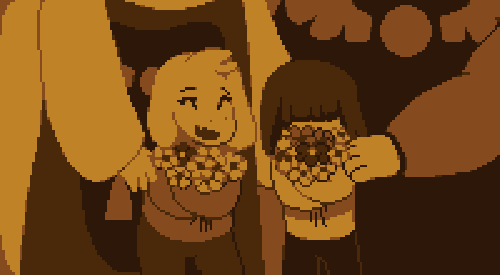


Nothing Useful Death By Buttercups But Why



Plants Poisonous To Livestock Animal Science Cornell University



Buttercup Toxicity In Horses Kpp



Buttercups And Daisies Beautiful Wildflowers Of Spring And Summer Owlcation Education


Www Sciencedirect Com Science Article Pii S Pdf Md5 51d43e37f0b76c261f534fc33bea5c Pid 1 S2 0 S Main Pdf Valck 1



Ranunculus Acris c Gardeners World Magazine
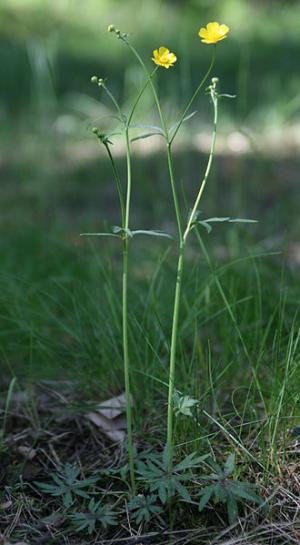


Buttercup Poisonous Plant For Pets



Buttercup Flower The Bright And Beautiful Truth About It Morflora
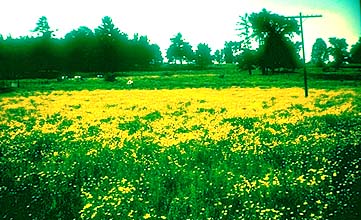


Plants Poisonous To Livestock Animal Science Cornell University



Buttercups Yellow Aesthetic Yellow Flowers Shades Of Yellow



Buttercup Flower Poisonous Page 1 Line 17qq Com


Q Tbn And9gcsxcsz5wjeolqugj2l 8pins4cqy9eqoahagal7ws Xeqs3nz Usqp Cau
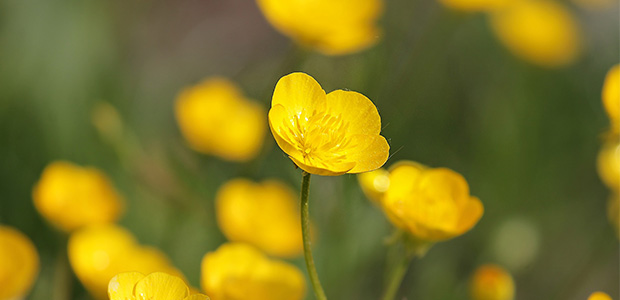


Which Plants Are Toxic To Dogs Cats 6 Poisonous Plants To Avoid My Family Vets


Mic Uk A Close Up View Of Three Buttercups



Poisonous Plants For Horses


コメント
コメントを投稿